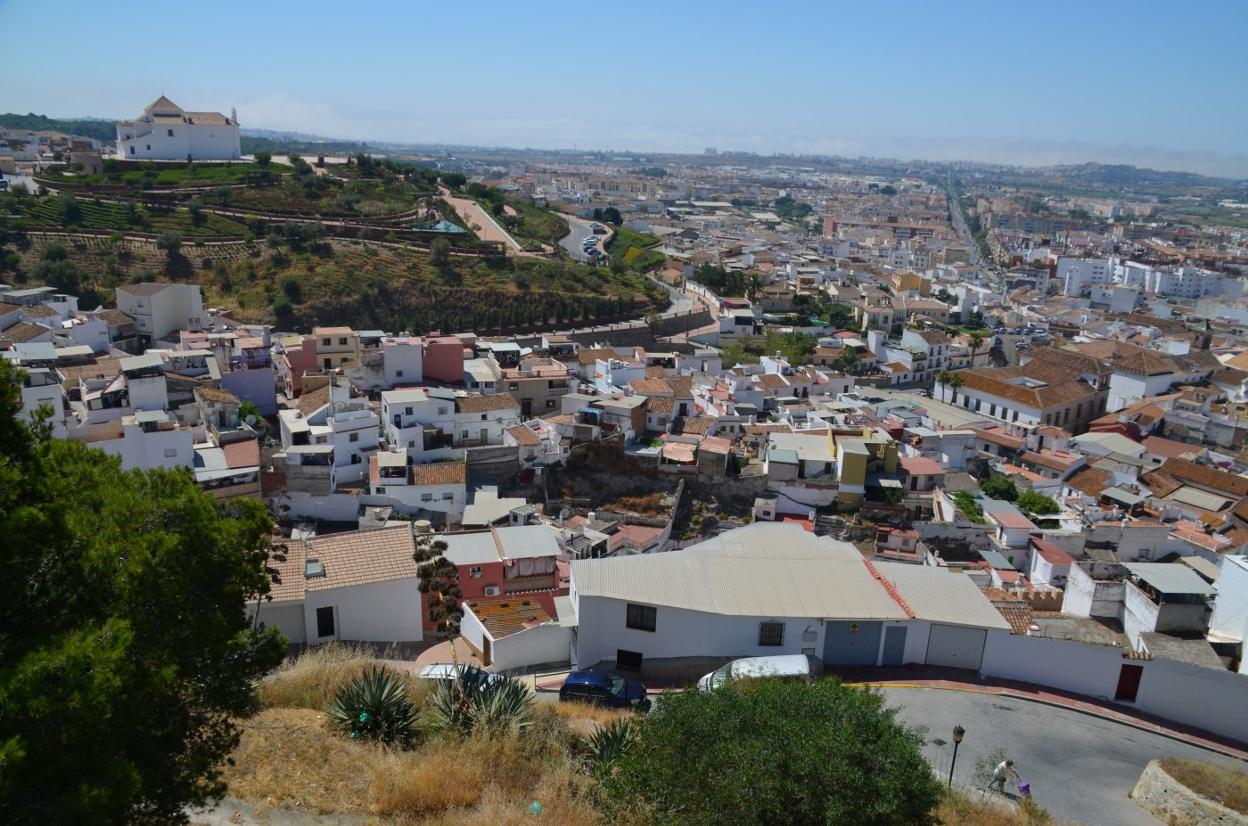Vélez-Málaga: a Babylonian god or an Islamic valley?
vÉLEZ-mÁLAGA ·
The meaning of the first part of the town's name remains a mystery and could be derived from Spain's Muslim era or go back to Phoenician timesVélez-Málaga is the capital of the Axarquía; the eastern part of Malaga province which stretches from Rincón de la Victoria to the small hamlet of Maro, belonging to Nerja; the last town on the Costa del Sol before Granada province.
The municipality has a population of around 83,000 inhabitants spread throughout Vélez-Málaga itself and other towns, villages and hamlets including Torre del Mar, Benajarafe, Caleta de Vélez, Almayate, Mezquitilla and Triana.
There are a number of other Vélez in Spain, like Vélez de Benaudalla in Granada and Vélez Blanco and Vélez Rubio in Almería. However, for our Vélez, the second half of its double-barrelled name is obvious, so what is the meaning of the word Vélez?
According to Vélez-Málaga town hall's website, the origin of the name of Vélez is directly related to the word Ballix, meaning valley, which the town received during the Islamic era. The association Sharq-Alandalus, who are based in the town and work to promote the town's Andalusí historical and cultural heritage spell it 'Balish'.
Different theories
In his book La Pequeña Historia de Vélez-Málaga, local historian Francisco Montoro Fernández admits, "We do not know exactly the origin of the name". He goes on to say, "The second part is obvious, but 'Vélez' is an unknown. And this makes the question of the origin of the town even more interesting."
Montoro Fernández explains one of the theories is that the original name was 'Belez', because it had a "temple consecrated to Bel or Belus" – a Babylonian god. According to Montoro, there is also a theory that the name may come from 'Beled'; land of dates in Libya.
Montoro, who was born in Vélez-Málaga and taught History and Geography in local schools, also includes the findings of a number of other historians in his book.
These include Antonio de Nebrija, whose dictionary printed in 1631, uses the letter 'B' to name the town 'Bélez', and it is worth pointing out that in Spanish the 'V' and 'B' often sound the same and can sometimes be confused.
Montoro also refers to Francisco Simonet, author of the 'Description of the Kingdom of Granada', published in Madrid in 1860, who confirmed that Vélez, during the Islamic period was known as 'Ballix'.
More recently however, Fernández Ramos, in his 'Historia de la Fortaleza de Vélez-Málaga. La Axarquía' (Madrid, 1980) claims that the name "rather than deriving from the old temple to the Sun, Baal, comes from the Arabic word 'walid', meaning fortified rock".
There have also been studies that suggest the term Vélez goes back to Phoenician times and this is argued by the professor Manuel Laza Palacio.
Montoro explains that Laza Palacio suggested Vélez could have been known as 'En Bahal Sex' and that there are "important Phoenician findings in the area that offer support for this thesis" including a mosaic which was unearthed near to the lighthouse in Torrox.
Sexi
'Sexi' or 'Ex' was a Phoenician colony generally believed to be located on the present-day site of Almuñécar. However, whether 'Sex' or 'Sexi' is a name that Almuñécar claims as its own, or there is also a connection to Vélez-Málaga, is not definitively clear, according to Laza Palacio.
"Although most of the indications tilt the balance in favour of Almuñécar", Laza Palacio adds and points out that interestingly 'Sex' was often pronounced 'Hex'. "It occurs to us, as a hypothesis then, that perhaps, between Sex, Sexi, Hex, Ex and Exi there are two towns and not only one," Montoro writes in his book.
He quotes the historian Antonio Moreno who explains in his book that in the nineteenth century, the mountains behind Vélez-Málaga, now known as the Sierra Tejeda, Almijara and Alhama, were known as 'exbalía'; from balía, suggesting they belonged to the Vélez area, with 'balía' being a derivation of Ballix.
While there are several theories behind the word Vélez, Montoro doesn't discuss when the word 'Málaga' was added. Whatever the explanation, Vélez-Málaga; capital of the Axarquía, is undoubtedly an important part of the province of Malaga.

